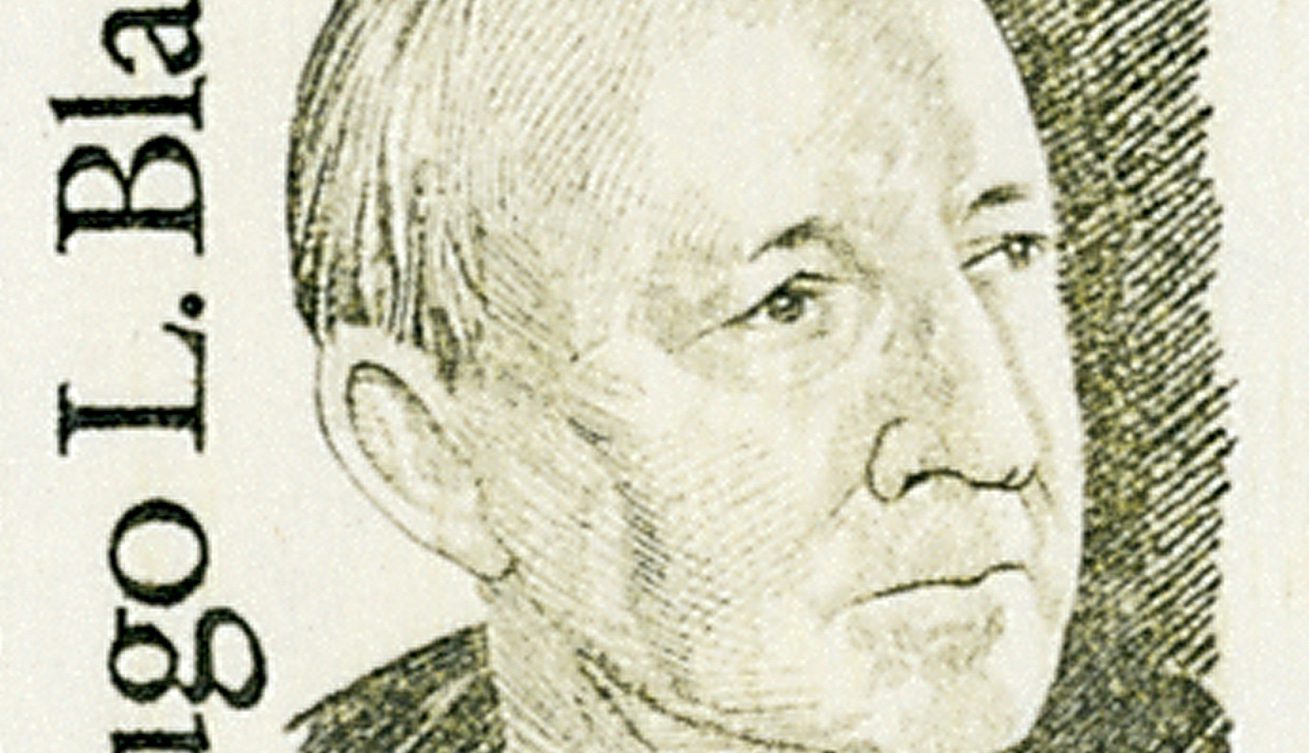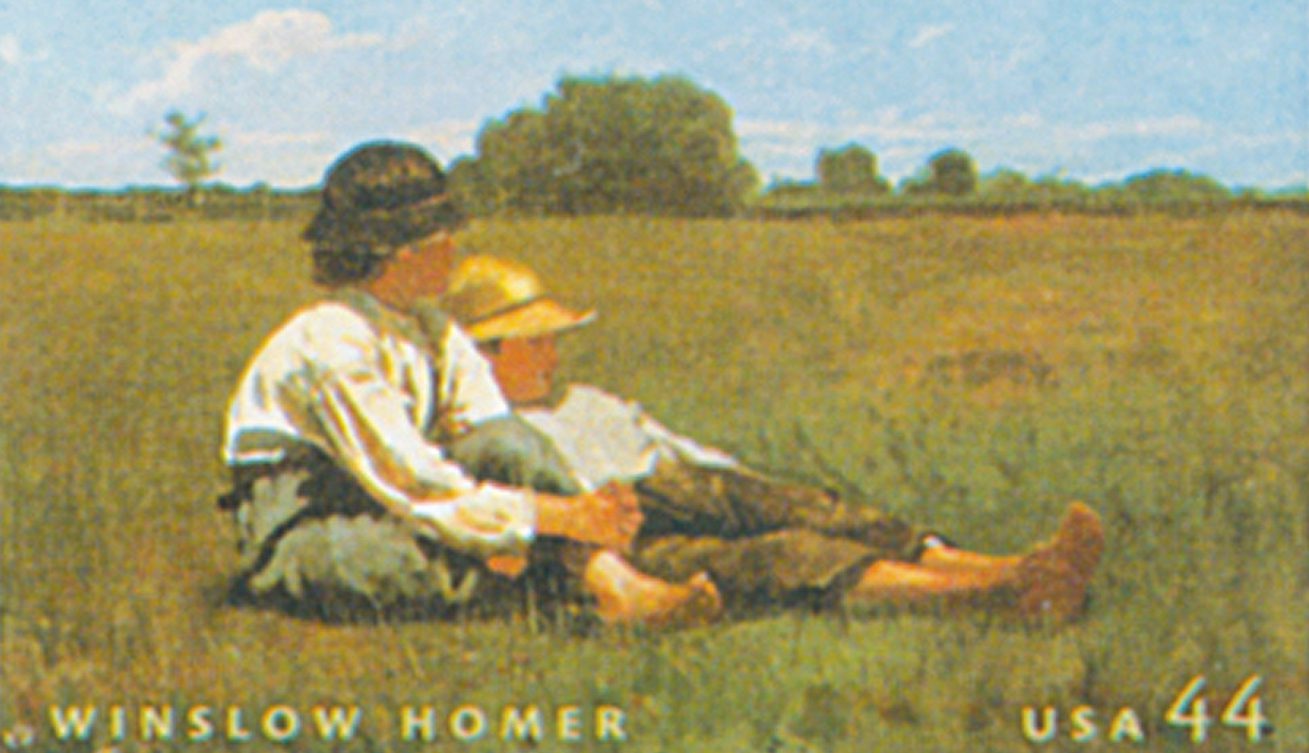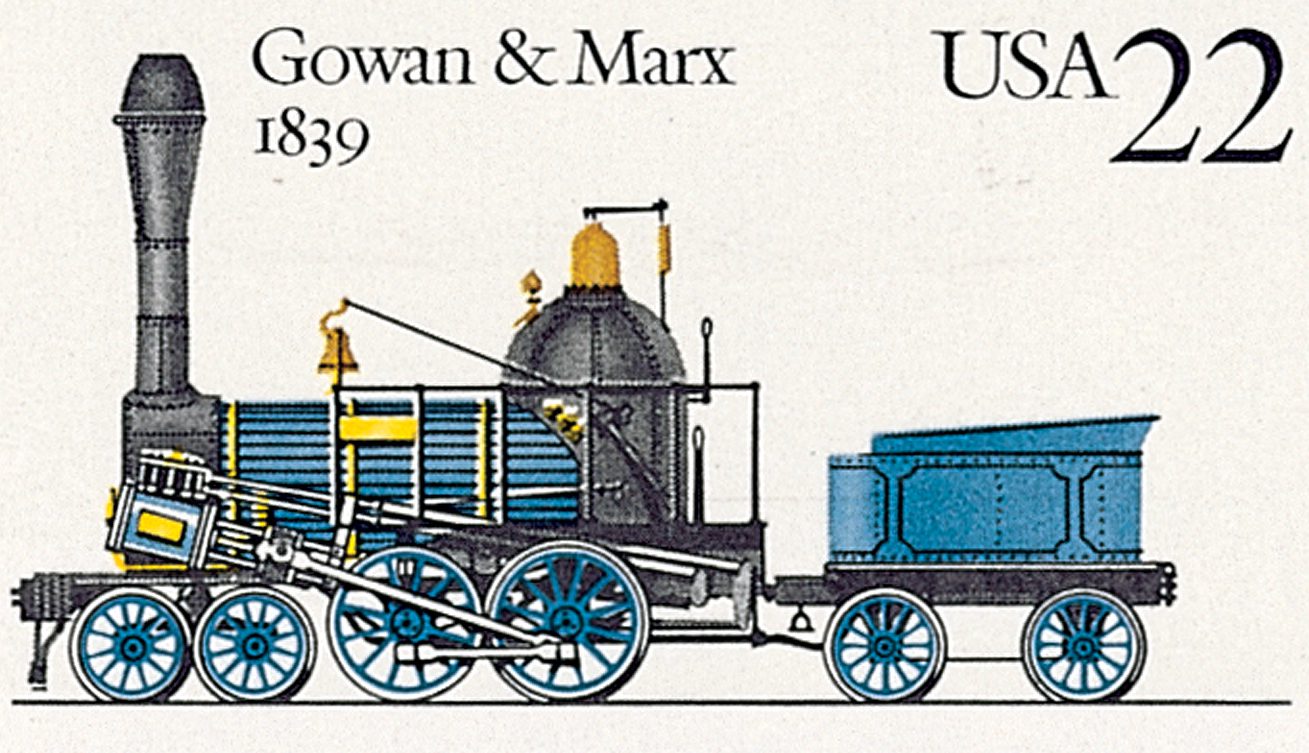Birth of Hugo Black
Hugo Lafayette Black was born on February 27, 1886, in Harlan, Alabama. He’s the fifth longest-serving US Supreme Court justice and historians state he was second only to John Marshall in his impact on the Constitution.

Hugo Lafayette Black was born on February 27, 1886, in Harlan, Alabama. He’s the fifth longest-serving US Supreme Court justice and historians state he was second only to John Marshall in his impact on the Constitution.

On February 26, 1917, Denali National Park was first established as Mount McKinley National Park. The park is home to the tallest mountain in North America.

On February 25, 1980, the USPS issued a set of stamps commemorating National Letter Writing Week. Those stamps marked the first time that the USPS issued a sheet of stamps with three sets of vertical pairs.

Winslow Homer was born on February 24, 1836, in Boston, Massachusetts. Largely self-taught, he was one of the most prominent painters of the 1800s.

On February 23, 1905, the Rotary Club was founded in Chicago, Illinois. Since then, its grown into an international service organization spreading goodwill and understanding around the world.

On February 22, 1980, the US men’s hockey team scored an unexpected victory over a more experienced Soviet team at the Winter Olympics. The victory was one of the most memorable moments of those games and in all of sports history.

On February 21, 1885, the Washington Monument was dedicated, 37 years after its cornerstone was laid.

On February 20, 1840, the Gowan & Marx made an impressive run, hauling more than 100 cars weighing 423 tons. It was one of the earliest 4-4-0 locomotives with equalizing levers and became internationally known for hauling a train 40 times its own weight.

On February 19, 1945, the Battle of Iwo Jima began. It was one of the bloodiest of the whole war, with over 44,000 combined casualties.